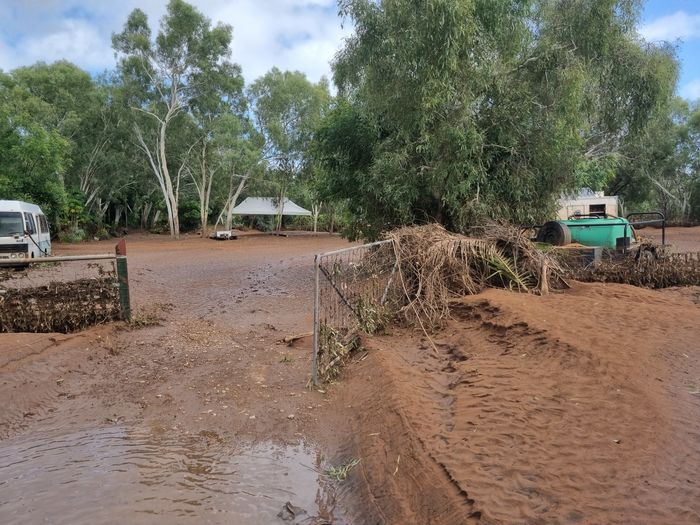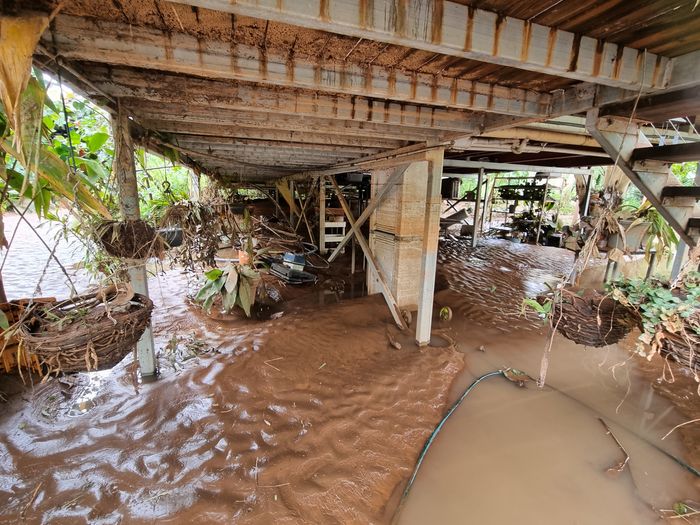SYDNEY—Before floodwaters surrounded Geoff Davis’s home in the Australian Outback, the 67-year-old moved vehicles to higher ground and stacked freezers on tables to keep them from getting submerged.
But the severity of the flood, which spread as wide as 30 miles in places, caught Mr. Davis by surprise. The freezers floated away. The cars were inundated. Mr. Davis, who lives near the Western Australian town of Fitzroy Crossing, decided to stay at home, but his family was picked up by a nephew in a boat and fled.
By the weekend, the water was receding, but the flood left behind thick mud that was too difficult to traverse, leaving him trapped. Mr. Davis spent Sunday afternoon waiting at his home—which was raised off the ground—for a helicopter to deliver food.
“I’m sitting on the deck looking over this sort of mudscape now, and contemplating where we go forward,” said Mr. Davis, a local councilor. “I had a bit of a cry this morning after walking around the garden, because we’ve got quite extensive gardens here and they’ve just been obliterated.”
Scientists say Australia is particularly vulnerable to extreme weather caused by climate change, and they expect heavy rainfall events to become more frequent. The country is in the midst of a rare third consecutive La Niña weather pattern, which brings cooler and wetter conditions and has resulted in extensive flooding in many parts of the nation. Still, the flooding in Western Australia’s Kimberley region, which is roughly the size of California but has a population of only about 35,000 people, is presenting unique challenges for authorities.
The severity of the flood, which spread as wide as 30 miles in places, caught Mr. Davis by surprise.
Photo:
Geoff Davis

Photo:
Geoff Davis
…
Click Here to Read the Full Original Article at WSJ.com: World News…

